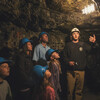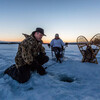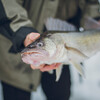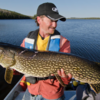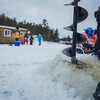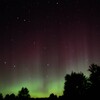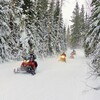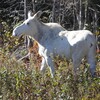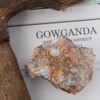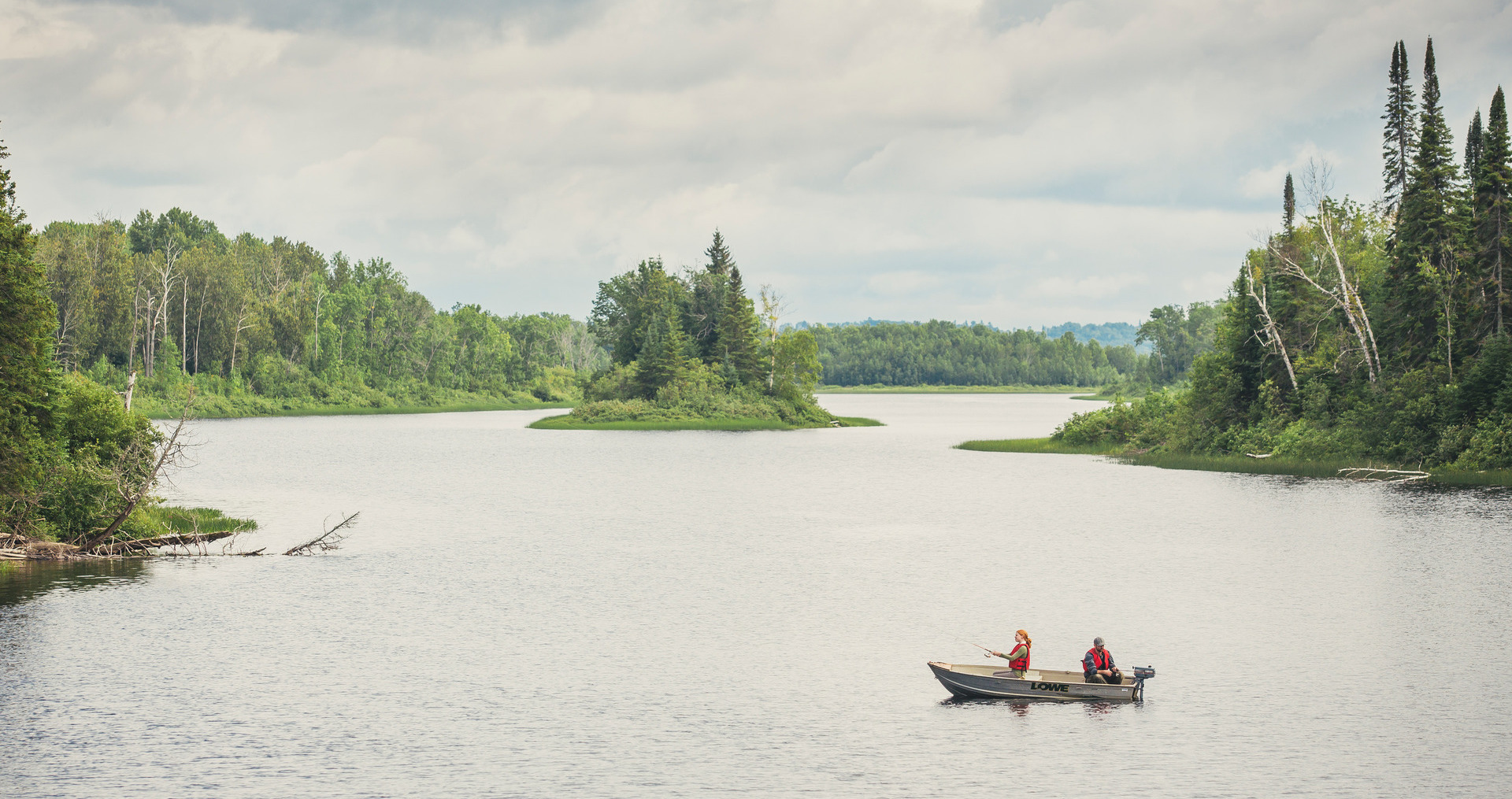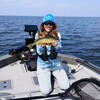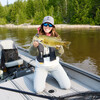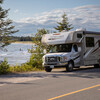
The Deer Hunting Tradition
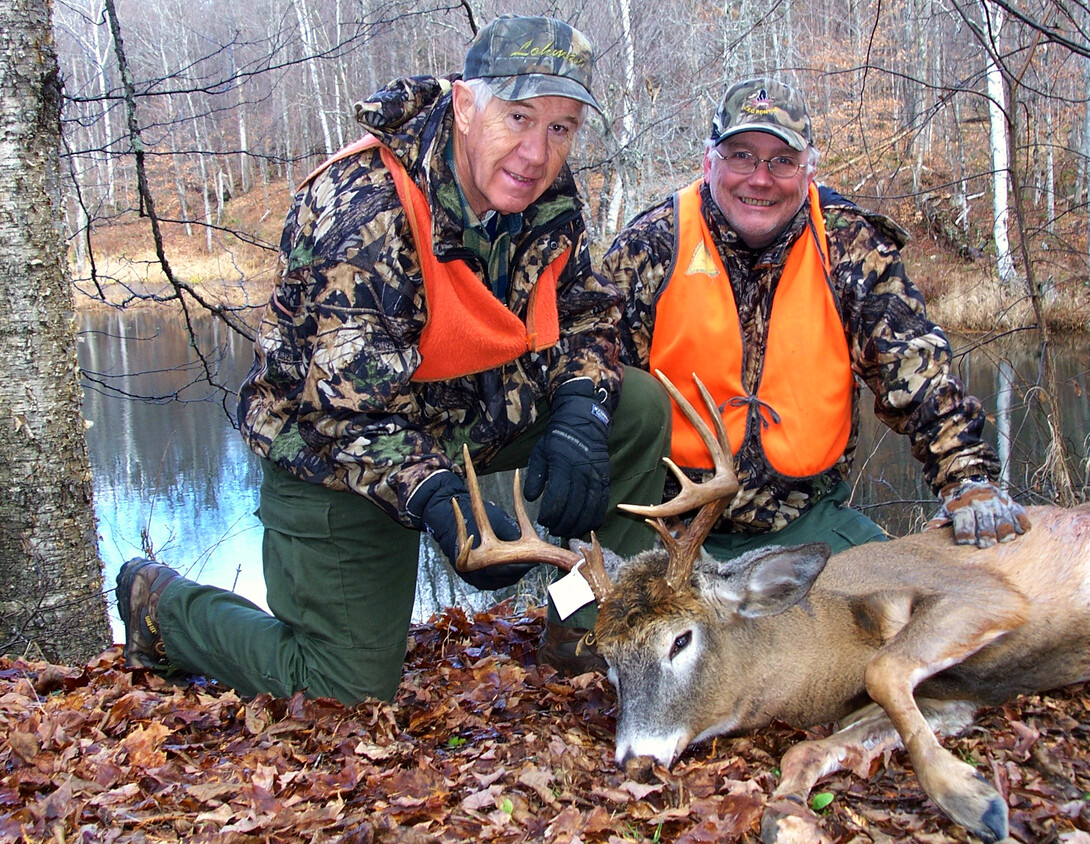
The majestic white-tailed deer is one of the most coveted BIG game animals in North America. Northeastern Ontario is no exception. There is little wonder why Ontario hunters go wacky for them each fall! But why do white-tailed deer and the deer hunting season mean so much to hunters? If you asked an animal rights advocate why we hunt, they might say we simply lust after shooting something, anything. This could not be further from the truth.
After having spent nearly four decades conversing, interviewing, chatting and writing about deer hunting, I can tell you unequivocally that the act of ‘killing’ a deer is not what whitetail hunting is about. Contrary to what some believe, deer hunters are among the most caring animal lovers out there. We are deeply passionate about pursuing whitetails not because we dislike them, but because we love and care for them on a different level. This paradox may be difficult to grasp so perhaps outlining reasons why we hunt deer, one may gain better insight into the mind of the avid deer hunter.
The Conservation angle
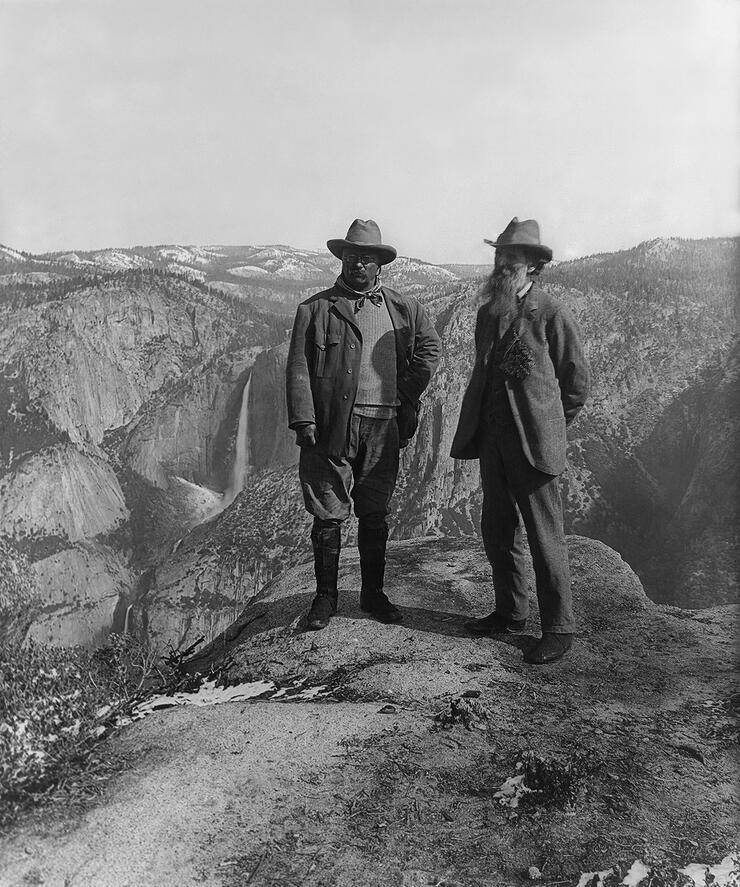
Photo: US Congress Library or Prints and Photographs.
World-renowned conservationist and deer enthusiast the late Teddy Roosevelt once stated:
Roosevelt’s poignant suggestion echoes sustainable yield (the yield that can be extracted without reducing the base resource itself), a concept deer hunters today can attest to. This conservation of the species is another reason why we pursue this formidable beast. The act of regulated hunting is a hunter’s way of contributing to wildlife management.
Millions of dollars are spent across the country each year researching, carrying out population studies and managing whitetail to the utmost. Hunters and conservationists are the ones responsible for the whitetail’s recovery in this country. The Ministry of Natural Resources & Forestry relies heavily on funding from the sale of hunting licenses and taxes levied. When managing the white-tailed deer parameters such as habitat, predation and environmental factors must all be considered. Although population numbers fluctuate from year-to-year, in most areas of the province the white-tailed deer remain strong.
By supporting local hunting organization, purchasing a game tag and seal and getting out in the woods, we are actively ensuring the future of white-tailed deer. Hunters’ are the true ambassadors of the woods. Hunters are often consulted by wildlife biologists’ whose goal is it to manage and maintain herds at manageable levels. Without even realising it, Ontario deer hunters are helping sustain the future of the game animals they love.
Tradition and hunting heritage
Hunting deer is heavily steeped in tradition, both in celebration of our hunting heritage and activities within our own circle of family and friends. I can recall my first deer hunt like it was yesterday. At the impressionable age of 13, I was thrust into the family hunt camp for the first time. Though intimidating, to say the least, being at camp that year with my Dad and uncles was perhaps one of the greatest character building experiences on my life.
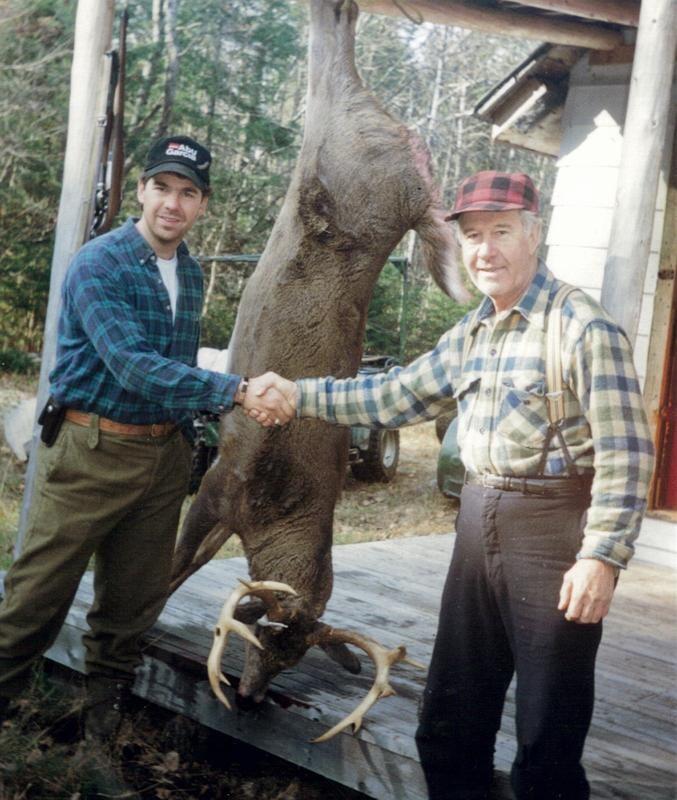
Surrounded by boisterous, seasoned hunters offering advice and recounting old hunting tales late into the night, I soaked it all in. The family hunt camp, constructed by my grandfather with his bare hands was mine to enjoy, and the deer woods mine to explore. I was the future of hunting in the Morrison family, and though I had no concept of that at the time, I do now. The act of perpetuating the deer hunt tradition by celebrating our hunting heritage is the cornerstone of the whitetail hunt, and perhaps this sport’s greatest calling. It has been 36 years since that first deer season and I am as excited today for the hunt as I was all those years ago.
The organic advantage
The final and potentially most palatable reason we pursue the beloved whitetail is as table fare. Venison meat is low in fat and cholesterol, high in protein and not contaminated with growth hormones or unwanted chemicals such as store-bought protein. As my spirit Blood Brother ‘Uncle’ Ted Nugent tells me, the bulk of his diet is composed of deer meat--the purest nourishment provided by Mother Earth.
It is all natural and pristine like a cold mountain stream, with a unique flavor and texture. It truly is nature’s most perfect food and should you be fortunate to harvest one this fall, try this recipe from my Canadian Wild Game Cookbook, published by Company’s Coming:
Marinated Venison Tenderloin
Serves: 4
- 3 pounds venison tenderloin, cut 1 inch thick
- 3 tbsp extra virgin olive oil
- 2 tsp Worcestershire sauce
- 1 tsp garlic powder
- 1/2 tsp fresh ground pepper
Mix all ingredients in a large bowl, including 1 tbsp of olive oil, and then add tenderloin. Make sure meat is covered completely in marinade. Place in refrigerator overnight. Prepare grill to medium heat and no higher. Remove tenderloin strips from the marinade. Brush 2 Tbsp of olive oil over meat. Preheat grill to medium and place tenderloin on grid. Cook slowly making sure to turn every couple of minutes. Venison is done when firm on the outside and slightly pink in center. Let stand for 5 minutes before serving. Serve with rice or potatoes.
--------------------------
Anyone planning a hunt in Northeastern Ontario Region should contact Bill Chambers at Pine Grove Resort. His lodge is a hub of activity among avid deer hunters each fall. For more information on Pine Grove, located in beautiful Port Loring.
The white-tailed deer rifle hunting season in much of the Northeast begins November 7th. Please consult the Ontario Hunting Regulations before heading out.
Recommended Articles
The Seven's Best Hikes, Biking Trails and Lakes

7 Best Spots to Check Out in The Seven

Budget Bliss: Explore Northeastern Ontario Without Breaking the Bank

Bring Your Fam!

Time to Unwind: 6 Spa Havens to Discover In The Seven
5 Amazing Places to SUP in Northeastern Ontario

5 Amazing Bike Rides to Discover

Northern Lights in Northeastern Ontario

Northeastern Ontario's Best Pride Festivals

Fish for one of the World's Rarest Species of Trout

An Insider's Guide to Manitoulin Island

6 Small-Town Gems to Explore in Northeastern Ontario

11 Best Things to Do in Kapuskasing, Ontario


